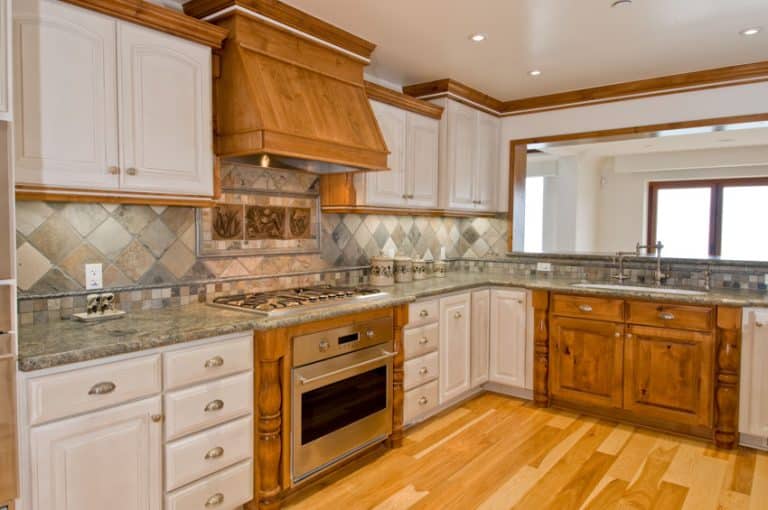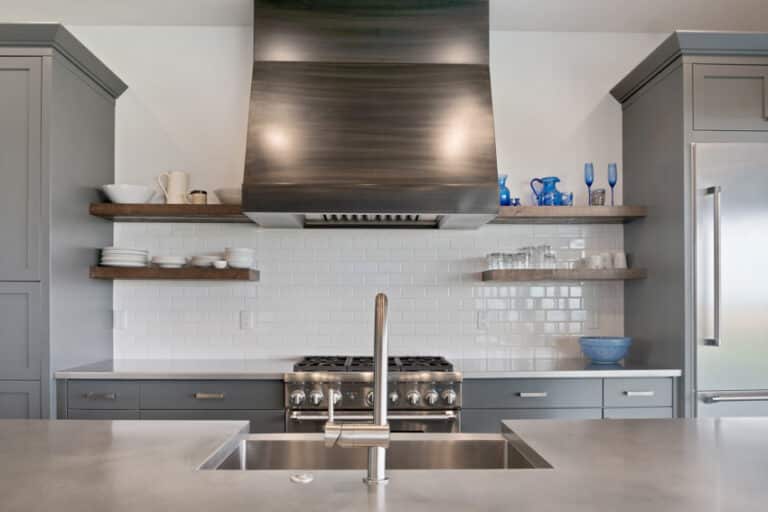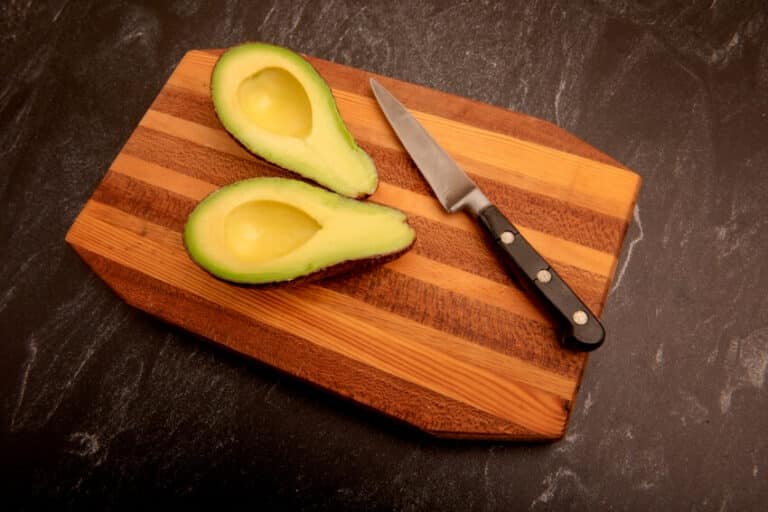Convection vs Conventional Ovens Pros and Cons
The guide to convection vs conventional ovens pros and cons including their differences and the best kitchen oven appliance between the two.
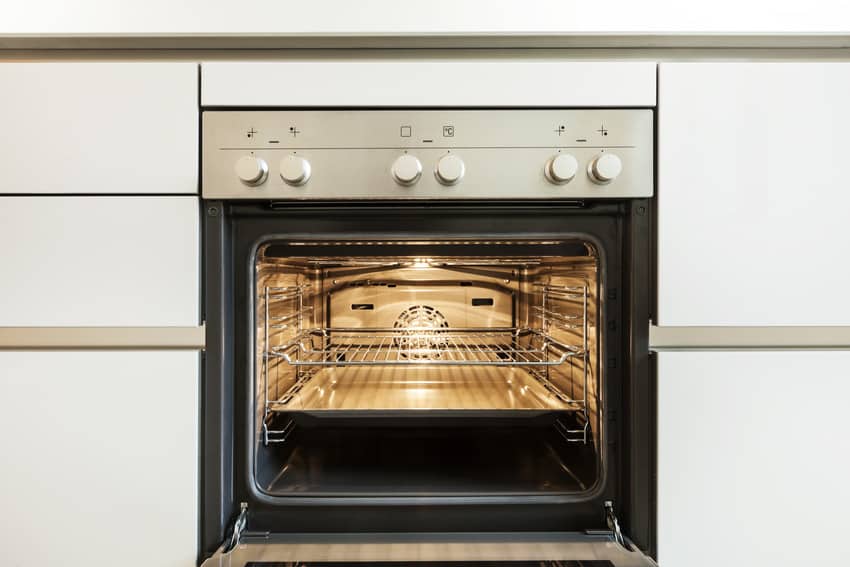 Is it time to make a switch? Learn more about conventional and convection ovens and weigh their respective pros and cons.
Is it time to make a switch? Learn more about conventional and convection ovens and weigh their respective pros and cons.
Convection ovens are typically used in restaurants and other commercial cooking industries. However, we are seeing more of the said newer version in homes, replacing the conventional ovens that we’re more familiar with.
Read on to understand how convection and conventional ovens generally work and learn the differences between the two. [toc]
What are the Differences between Convection vs Conventional Ovens?

The main difference between a conventional oven and a convection oven is their heat distribution. Conventional ovens use two heating elements located at the bottom and top section, while convection ovens have an additional fan that helps circulate the heat.
Meanwhile, there’s also the “true convection” type, which is also known as European convection or pure convection. True convection has an additional third heating element aside from the top and bottom heating elements.
The third heating element is usually coated by a baffle that directs the air sucked in by the fan, passes it through the heating element then back to the oven.
Conventional Heating
Conventional ovens have two sources of heat: the broil element located at the top section and the bake element, which is at the bottom section.
The broil or broiler element functions like a grill, where it can cook, brown, char, or caramelize the top part of your food with its high and direct heat.
Meanwhile, the bake element is the main source of heat that radiates from the bottom and rises to heat your entire oven.
Convection Heating
Convection ovens use a fan that circulates hot air in the oven, which equalizes the temperature that allows food to cook evenly. Aside from having evenly cooked food, you’ll also get a faster cooking rate since more hot air comes in contact with your food.
Take note that with only two heating elements, a convection oven is less efficient compared to the true convection oven that has three heating elements.
This third heating element is found near or around the fan of the oven that allows air to circulate around your food, making for a more uniform temperature compared to other oven types.
So, not all convection ovens are true convection ovens. Also, true convection ovens are usually built-ins or come in slide-in ranges, and are not countertop models.
However, if you have no more space in the kitchen, the regular convection oven is still a great choice for cooking small food portions. Read more about the pros and cons of a stove in corner of kitchen here.
Now that we’re done with the differences between the two kitchen equipment, let’s get started on the pros and cons of convection vs conventional ovens.
Pros and Cons of Convection Oven

- Even heat distribution means even cooking
- Reduces cooking time by about 25% to 30%
- Cooks more efficiently with full oven capacity
- Retains food juices
- No transferring of food flavors when cooking
- Energy-efficient; less heat needed means less energy used
Cons:
- Not all foods agree with convection cooking
- Costly than a regular conventional oven
- Noisy fan
Pros
Even heat distribution means even cooking. Due to the continuous, hot air circulating inside your oven, the heat produced is distributed evenly and is used more efficiently by reaching all over your food.
Reduces cooking time by about 25% to 30%. Cooking food in a convection oven is faster compared to a conventional oven because the heat stays more consistent. The circulating hot air prevents cold spots, resulting in crispier and evenly cooked food.
Cooks more efficiently with full oven capacity. The problem with a conventional oven is that hot air always rises, meaning your upper half of the oven will always be warmer than the lower half. This means you can bake two to three layers of cookies or cook any other food without worrying about overcooking or undercooking portions of your food.
Retains food juices. Since convection ovens have a faster render time, oils and butter in a crust or bread do not have time to fuse, which creates flaky layers. This also holds true for meat as it has a higher yield, the less it is prone to shrink. A turkey or any large portion of meat doesn’t dry, and is cooked faster and evenly. It is recommended to use a low-profile side dish to allow the heat to circulate properly around.
No transferring of flavors. You can cook different dishes at once without worrying about intermingling the respective food flavors while you cook them in your convection oven.
Less heat needed means less energy used. Aside from a faster cooking time, convection ovens also allow you to cook with less energy. It’s recommended to set the temperature of a convection oven at around 25 degrees. As a result, this will take you 20% less cooking time compared with conventional ovens.
There are convection ovens that come with auto-adjustment features so you don’t have to worry about determining the right temperature. Otherwise, you just have to adjust the temperature accordingly.
From your conventional oven setting, you can get a good guess on the best temperature for any particular food by simply subtracting around 25 degrees.
By the time you get the temperature right, you’ll get to maximize the complete benefits of a convection oven.
Cons
Not all foods agree with convection cooking. Souffles and even light cakes are just too delicate for hot air blowing up their batter. The convection oven can only cook the outside of your bread and can only dry it out before it should expand. So, if you want flans, cakes, and souffles that are nice and moist, a conventional oven is the better choice. You can still cook delicate food in your conventional oven by adjusting the fan speed or disabling the convection feature completely.
Costly than a conventional oven. More parts mean additional costs, which means it is not a piece of cheap kitchen equipment. However, if it makes cooking more convenient then it’s definitely a worthy investment.
Noisy fan. The downside of having a fan in a convection oven is the noise, which can be mild for some but barely tolerable for others. To minimize the fan noise, you should check for worn-out bearings that need to be replaced and regularly clean the blades. There are also convection ovens that allow fans to be turned on and off.
Pros and Cons of Conventional Oven
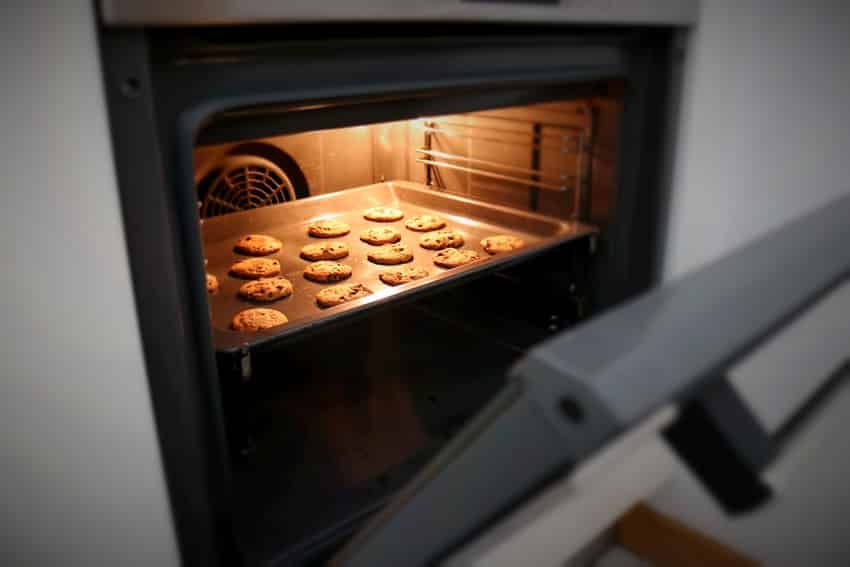
- More universal functionality
- Best for soft cakes
- Most cookbooks are written for conventional ovens
- Cheaper and has a wide range of models
Cons
- Uneven cooking
- Longer cooking Time.
- Uses more energy
Pros
More universal functionality. The conventional oven has been around for decades. In fact, almost every family member is familiar with this traditional version. If you’ve been cooking with the conventional oven for a long time, it can be a challenge to switch to a convection oven as the latter has a different temperature setting.
Best for soft cakes. Since convection ovens make cooking faster, this could be a problem especially if you’d like to bake pastries and other breaded food.
Most cookbooks are written for conventional ovens. Recipes are usually written with the conventional oven setting in mind. You can still get the best convection oven temperature for a particular dish by subtracting around 20% from a conventional oven temperature setting. However, you’ll need to do several trials to achieve the best temperature.
Cheaper and has a wide range of models. From high-end to economy brands, there is a conventional oven available on the market that can surely fit your budget as they have been around longer than convection ovens.
Cons
Uneven Cooking. The problem with a conventional oven is that hot air always rises which means your upper half of the oven will always be warmer than the lower half. Therefore, when you cook two layers of cookies or any other food for that matter, the upper half will cook faster than the lower half.
Longer Cooking Time. Unlike a convection oven, the traditional oven spends more time heating your cooking, especially for turkey and other meat dishes.
Uses more energy. Conventional ovens require more gas or electricity to preheat and maintain their temperature, which potentially increases energy use.
Are Convection Ovens Worth It?
Convection ovens are worth investing in, especially if you’re looking to furnish a brand-new modern kitchen, and your budget allows you to spend more on your appliances.
It essentially cuts cooking time and lessens energy use, which is just some of the long-term benefits of a convection oven.
A novice cook will likely be more comfortable with the temperature settings of a traditional oven than a convection oven. But if you are willing to make adjustments in favor of efficient cooking with great results, then a convection oven is for you.
Still, you can get the best of both worlds by choosing a convection oven that allows you to disable the convection feature or simply turn off the fan. This will make it easier for you to get the right temperature setting to cook virtually any dish.
Looking for more content related to the pros and cons of convection vs conventional ovens? Check out this comparison guide on stove vs oven.




